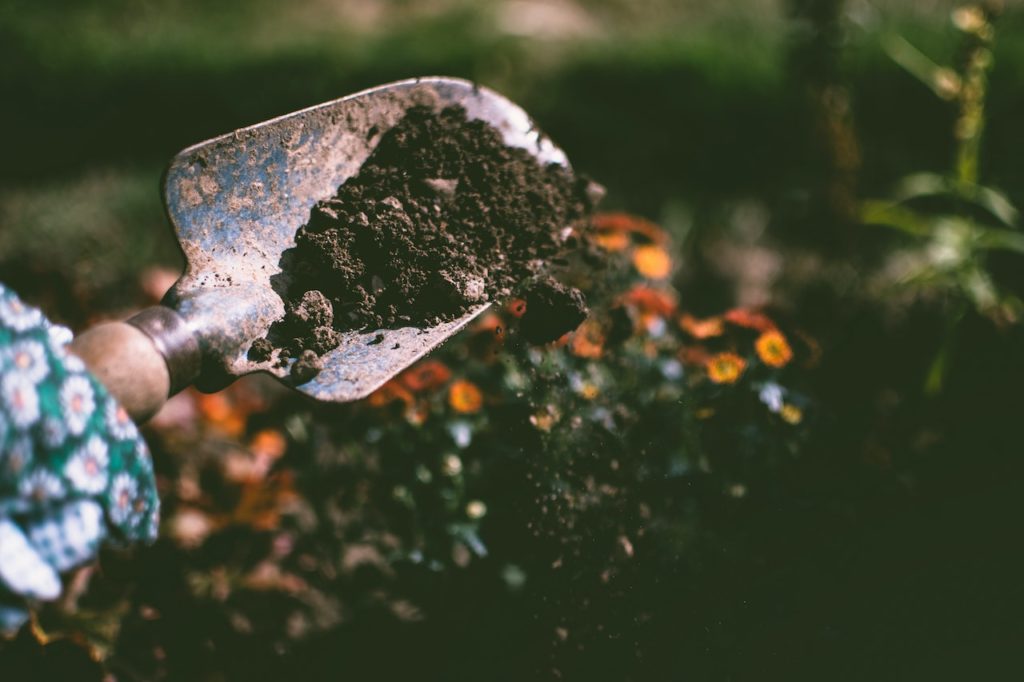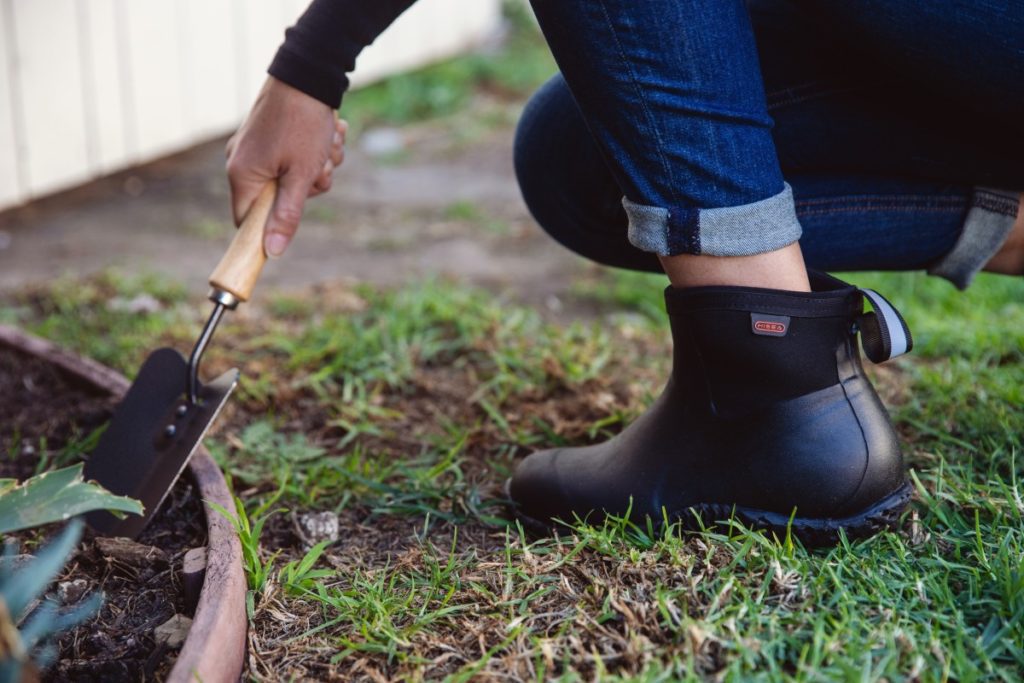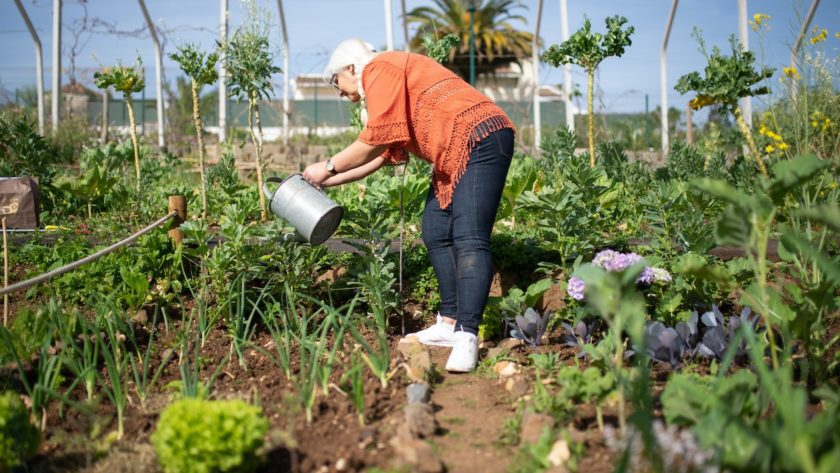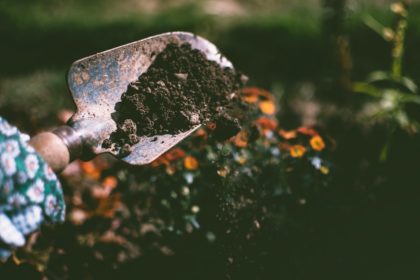Author: Rogers, Who started a garden totally on his own last year.
It’s never too early or too late to start a garden. It all depends on what I am going to plant and where to plant it. Seeds are started indoors year-round so they grow into seedlings for planting outdoors. Some edible garden plants are grown from seeds indoors year-round. Other garden seeds are planted outdoors at specific times of the year for best results.
The best time to start a garden is right now. No matter which season your area is currently in, there is always something that you can do to get your garden off to a good start.
Garden Location
Select a location for my garden that is in full sun. If the plants will be grown in containers, either indoors or outdoors, select the sunniest location to place the containers. This step to starting a successful garden can be done at any time of the year.
A location that has easy access to a water source will make garden chores easier. Outdoor plants will need to water between rainfall and indoor plants will need to be watered at least once a week. Some container-grown plants will need to be watered every day, depending on the plant variety and type of container.
A pair of waterproof HISEA garden boots will keep my feet dry and prevent me from slipping when I water my garden.

Soil Preparation
As long as the soil is not frozen, it can be prepared for growing plants. The soil feeds the plant so the more fertile the soil is, the better able it will be at supporting plant life.
Turn the soil (for an in-ground garden) to a depth of 12 inches. Add 2 inches of compost on top of the turned soil and lightly turn the compost under. If it is spring or fall, my garden can be started immediately after preparing the soil. If it’s winter or mid-summer, cover the prepared garden soil with a 2-4 inch layer of mulch. The mulch will prevent erosion in winter and weed growth in the summer. Use straw, leaves, or grass clippings as organic mulch.
Wait a little longer until the season begins to change before starting my garden. Turning the soil can be messy and a pair of HISEA garden boots will keep my feet clean and protected.
If I plan to use containers, create a planting mix that is 3/4s potting soil and 1/4 compost and fill the containers. They will be ready to plant when the season is right.
Seed And Seedling Choices
Select seeds and seedlings that thrive in my USDA growing zone. Some vegetables require a long growing time and will not thrive in locations that have short summers. Also, some plants thrive better in cool, dry climates while others prefer the heat and humidity of tropical climates.
Planting Time
Food-producing plants are divided into 2 categories; cool-season and warm-season. The cool-season vegetables will only grow when the weather is cool during the spring and fall. Warm-season vegetables will only grow when the weather is hot from the late spring until early fall.
Cool-season vegetables include cabbage, lettuce, broccoli, and spinach. These can be started indoors in late winter or late summer and transplanted outdoors when the seedlings are 4 inches tall. Once the weather becomes too warm for cool-season vegetables they will ‘bolt’, meaning they will produce flowers and go to seeds. After the plant bolts, it becomes bitter, tough, and inedible.
They also can be grown in shallow containers year-round and harvested when the plants are immature and eaten as microgreens. Plant microgreen seeds every 2 weeks for a continual harvest.
Warm-season vegetables, like tomatoes, corn, okra, and peppers, should be planted in late spring when the soil and air temperatures are above 75F. These garden plants can be started from seeds indoors in early spring so the seedlings will be ready to set outdoors after all danger of spring frost has passed.
Don’t be in a hurry to plant warm-season vegetable seeds outside in the spring. If the soil is cool the seeds will not germinate.

Garden Equipment
A successful garden can be started and maintained without a lot of expensive equipment. Most home gardeners will not need a tractor but there are a few pieces of essential equipment every gardener should have.
A shovel, hoe, rake, hand-held trowel, gloves, a wide-brimmed hat, and comfortable garden boots are standard equipment for most gardeners. All of us have certain pieces of equipment we think we can’t do without and a pair of good garden boots that are waterproof and slip-resistant is one of mine.
Comfort is also essential since many of us wear garden boots throughout the day.
HISEA makes several styles of garden boots that are affordable, stylish, and make gardening safer. Check out these must-have garden boots that are offered along with the 100-year warranty. It’s will be the last pair of garden boots that I will ever have to buy.
With the right equipment, I will be ready to start the garden anytime.


